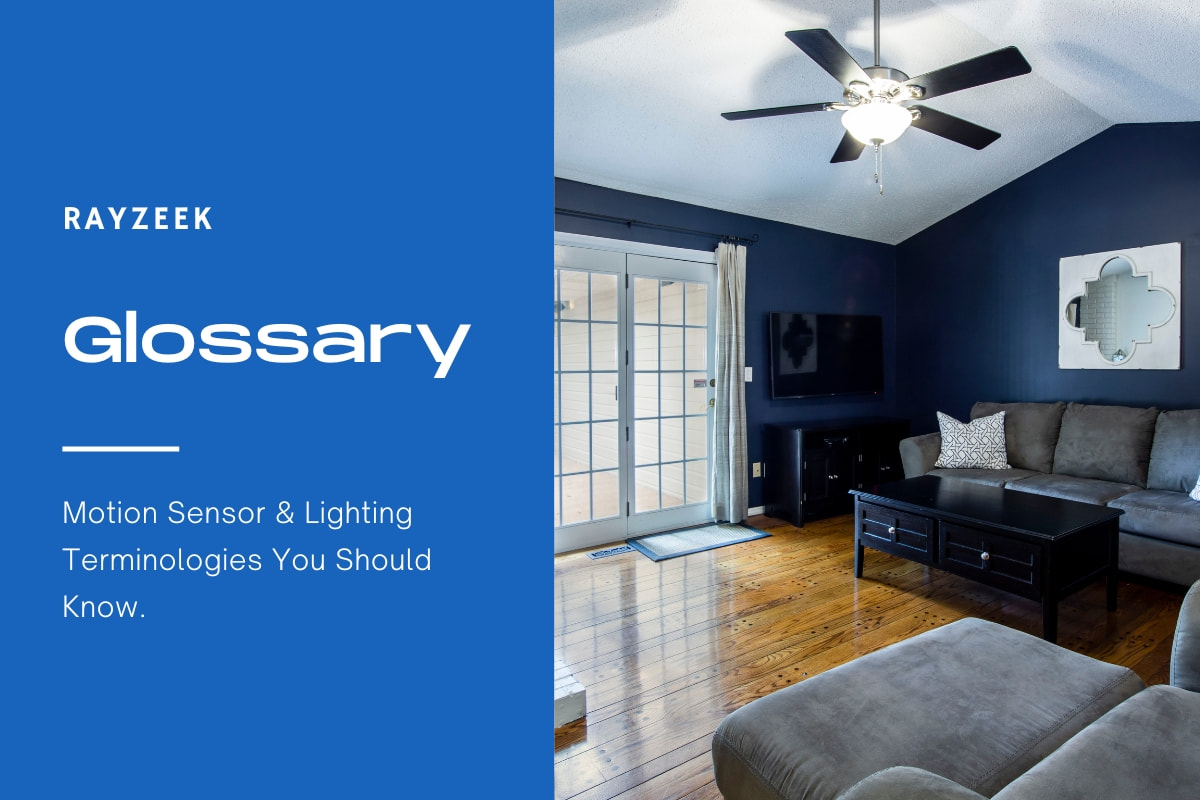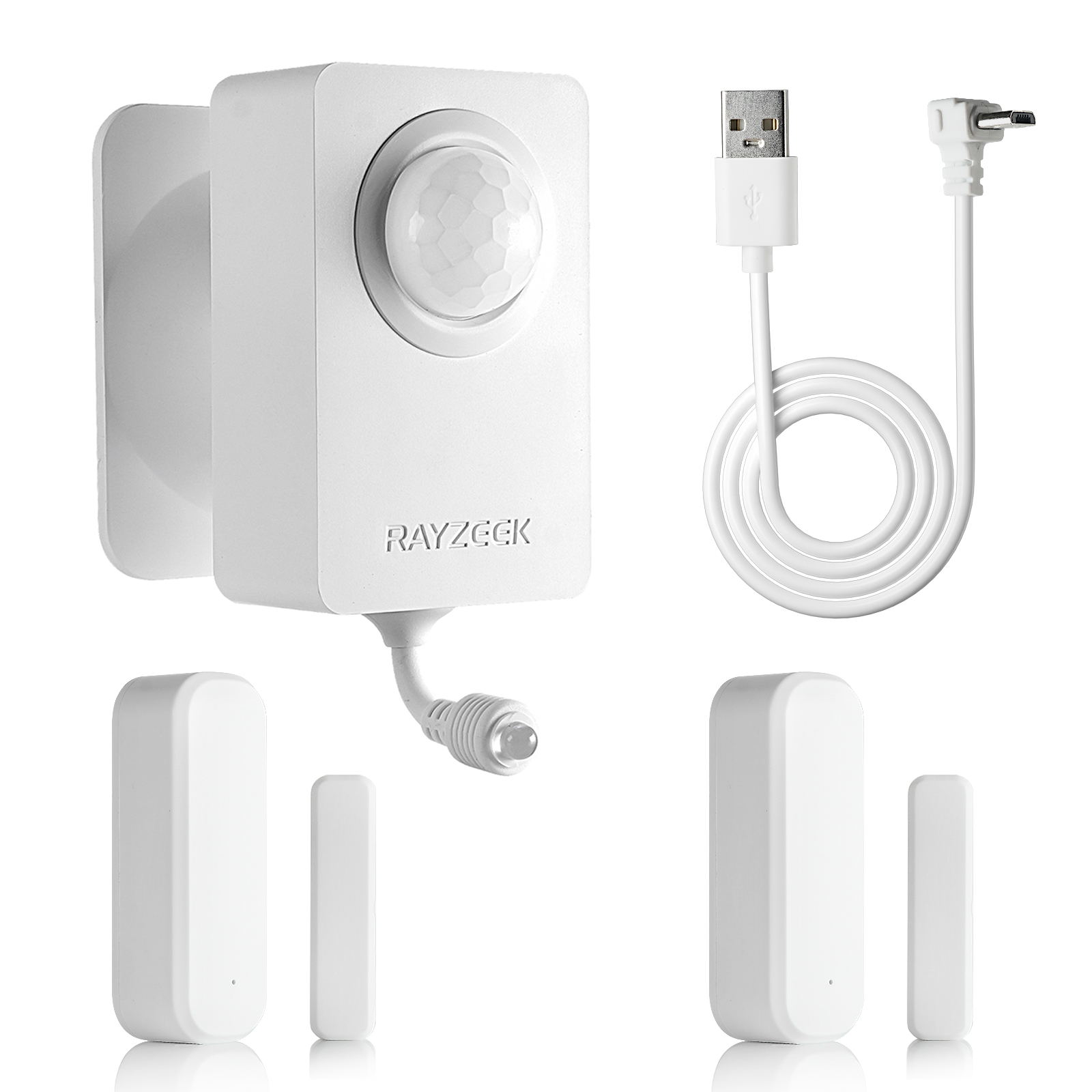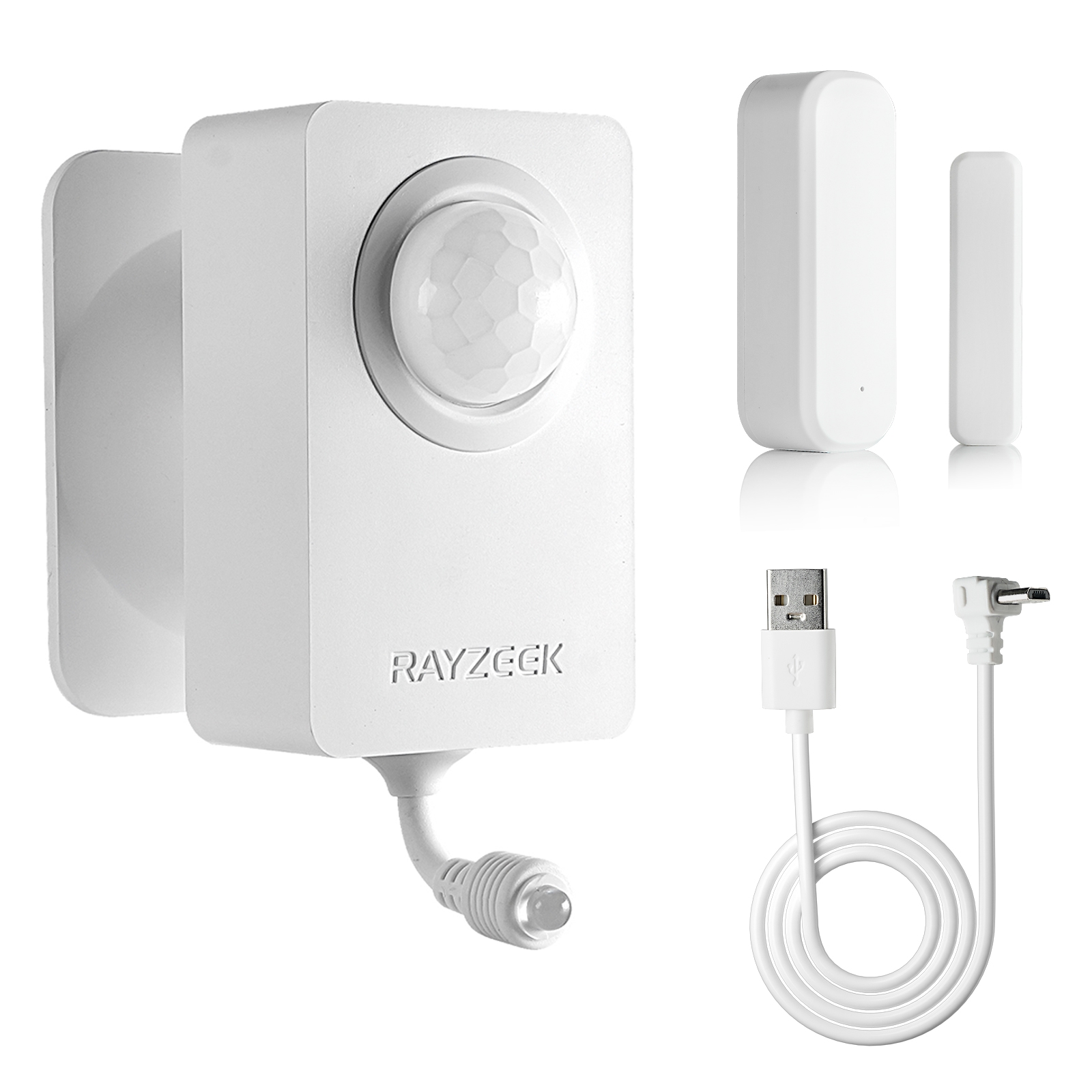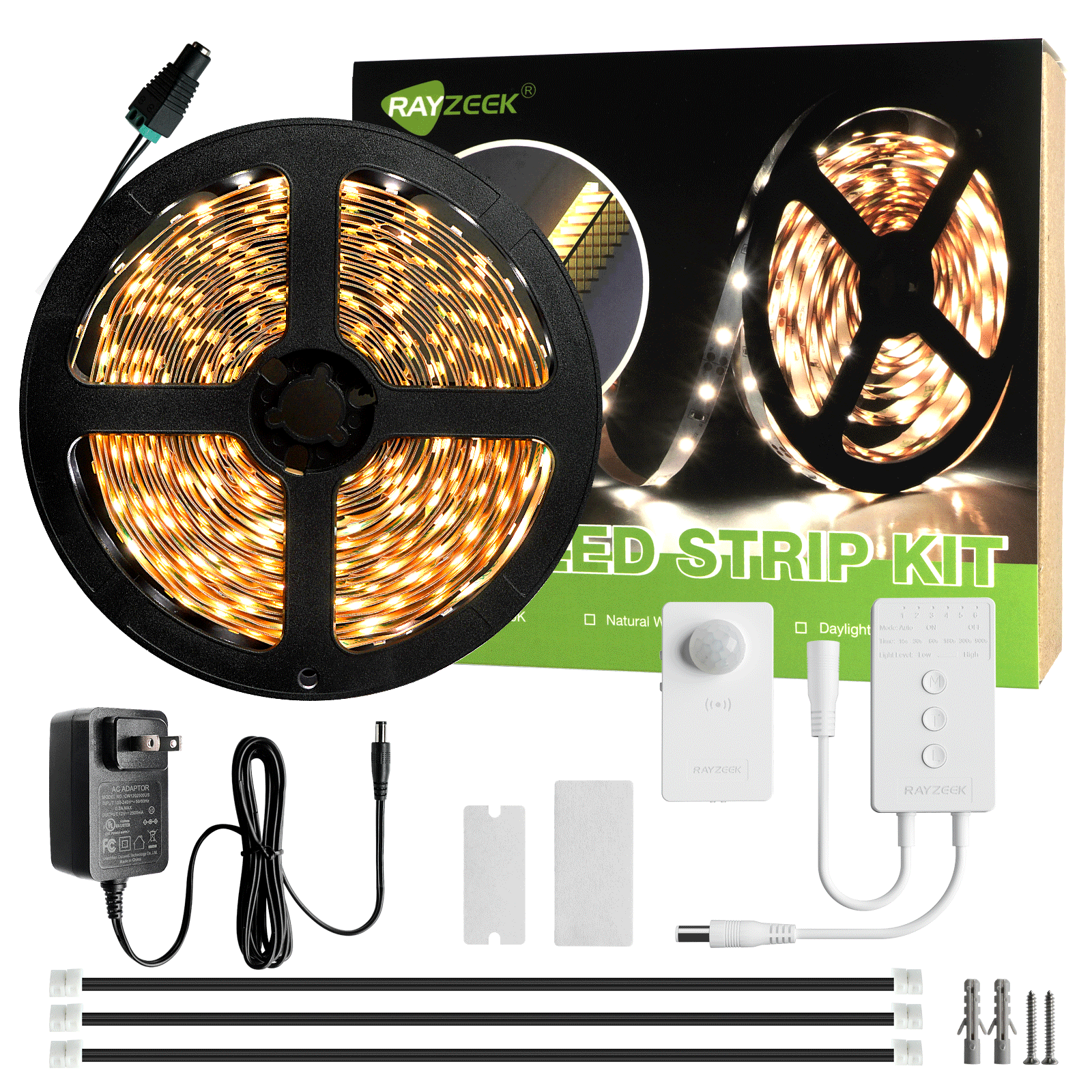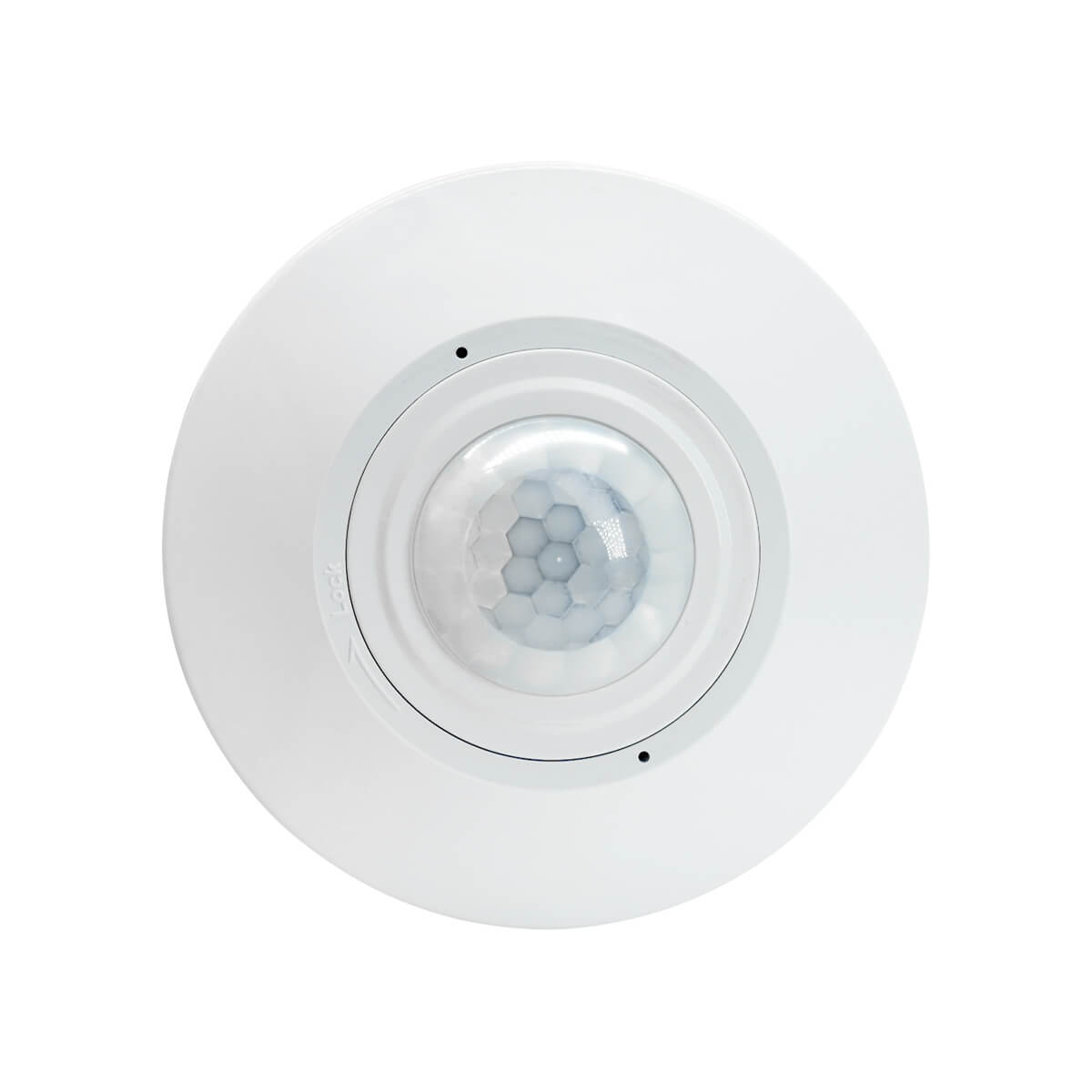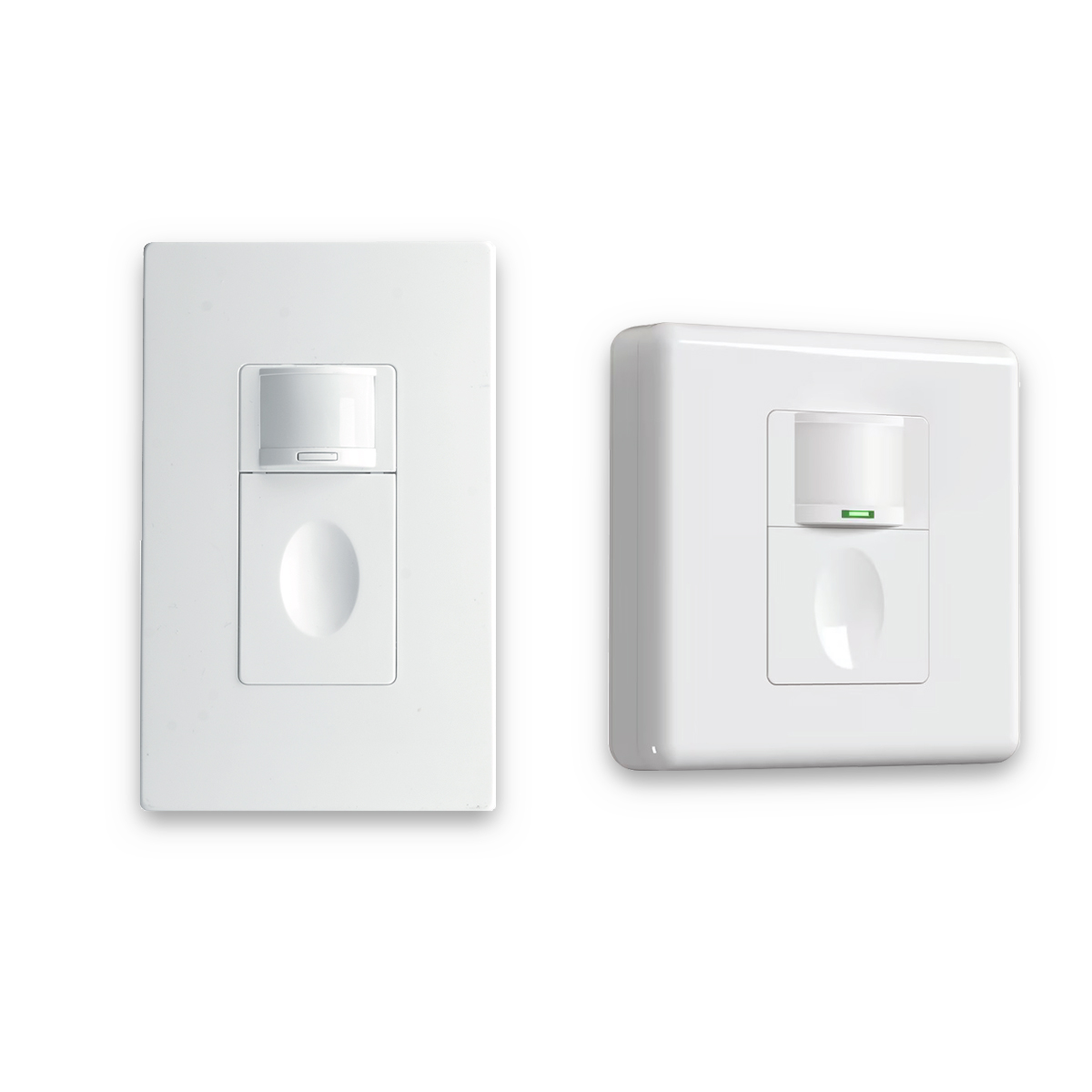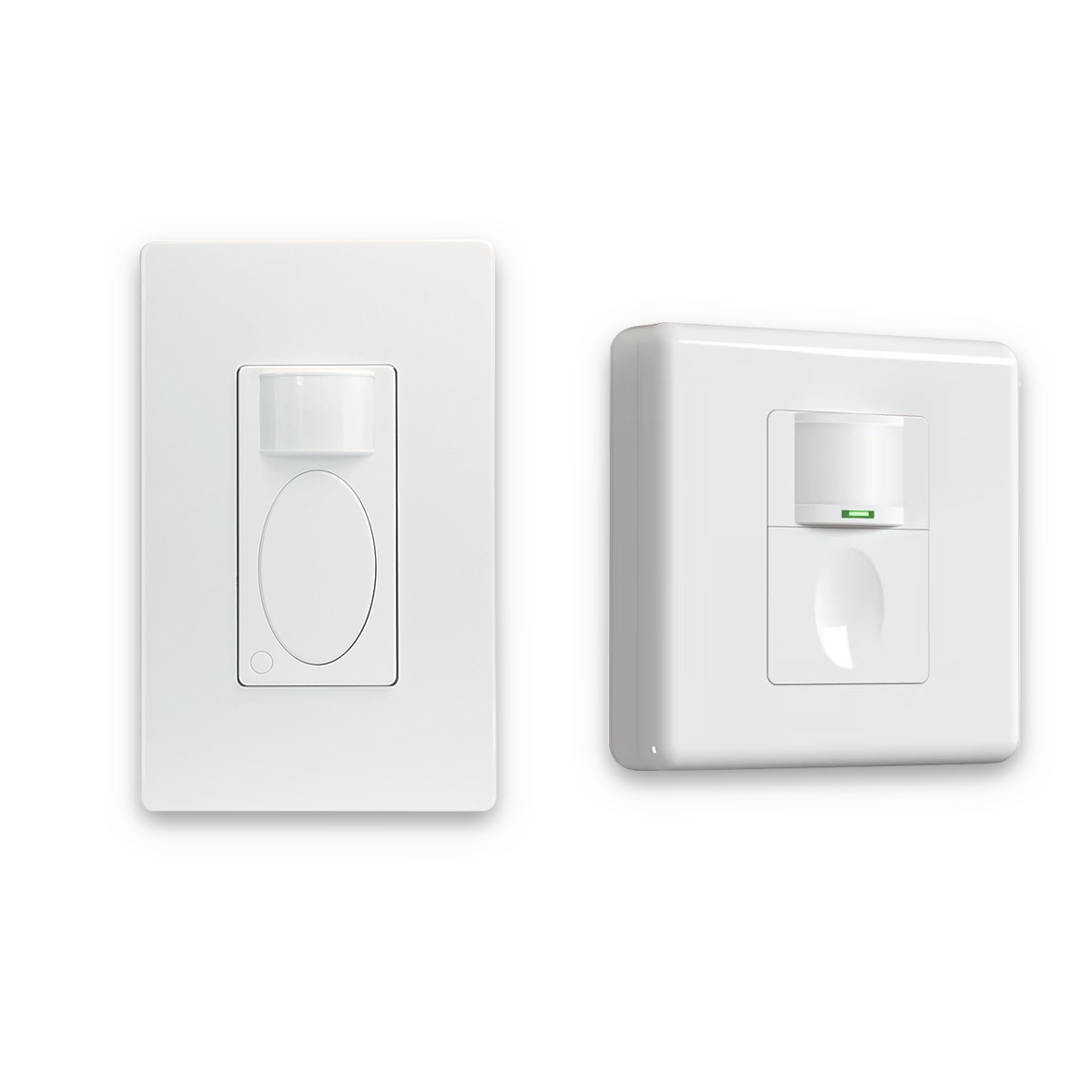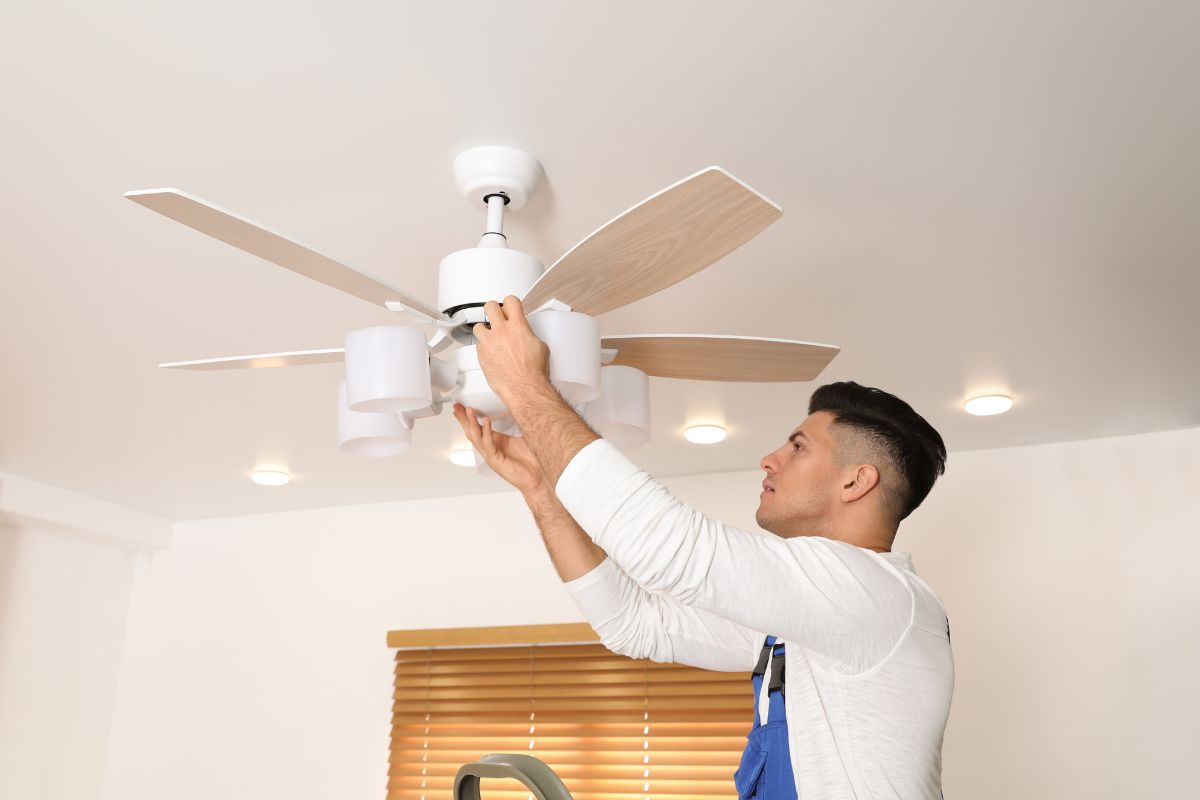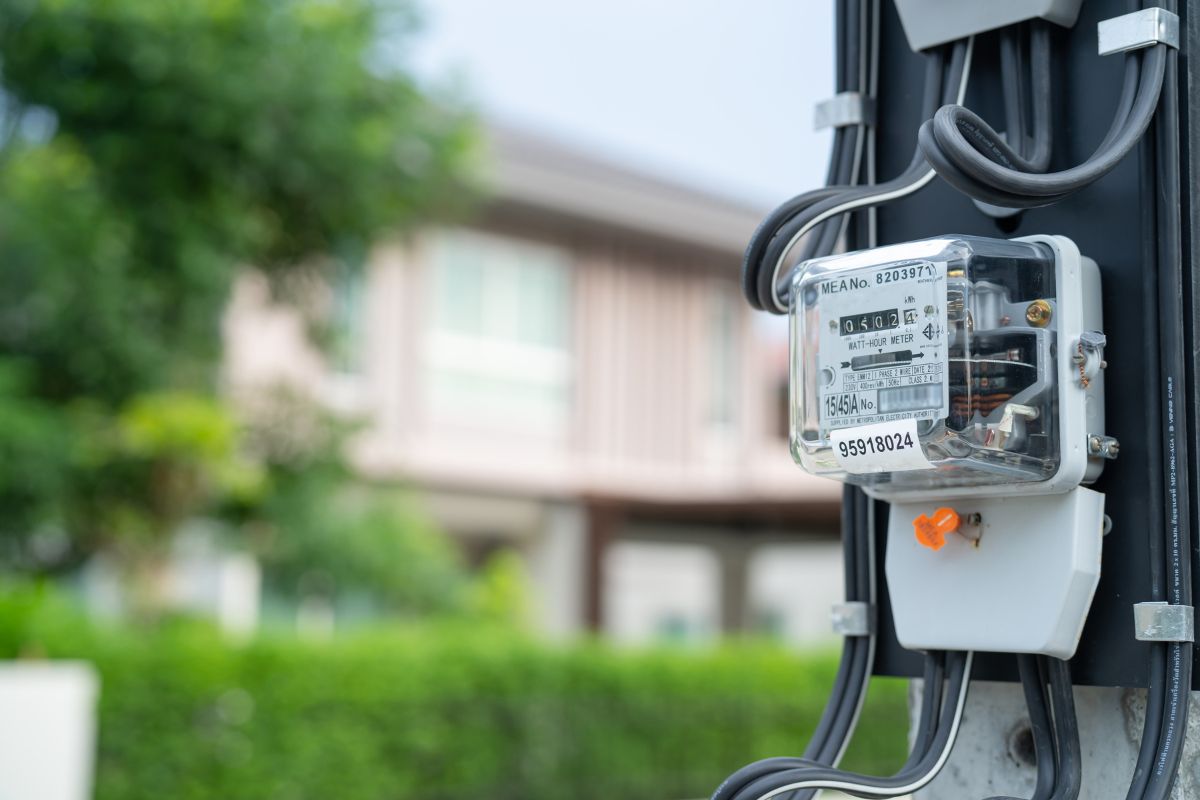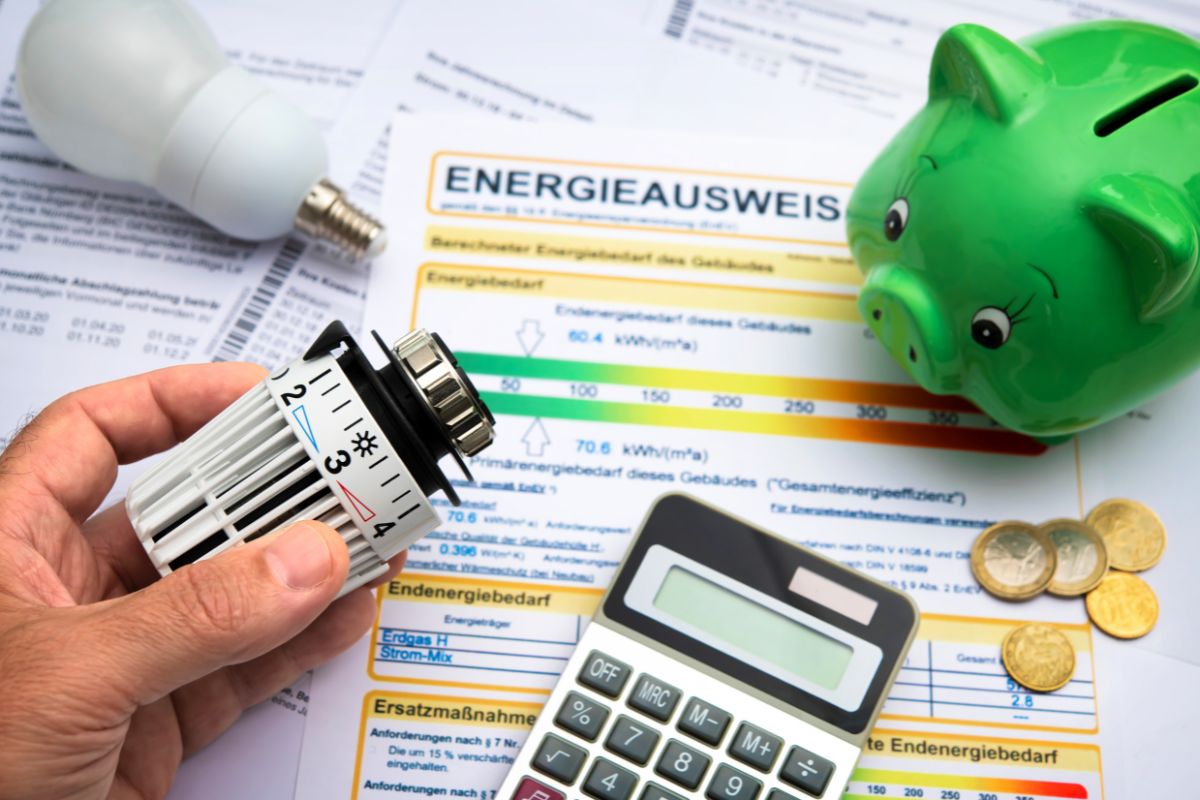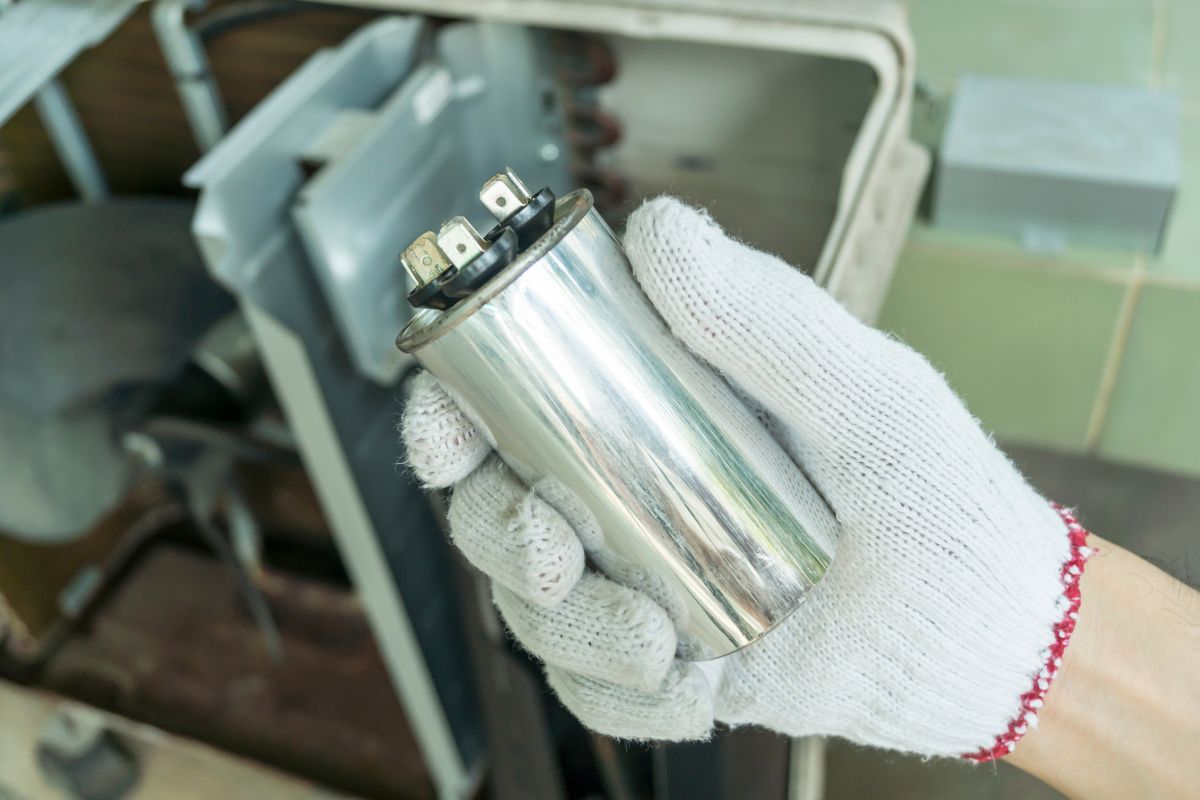Co je to teplota okolí
Okolní teplota je teplota vzduchu v okolí zařízení nebo v místnosti. Je ovlivněna různými faktory, jako je počasí, vlhkost, izolace místnosti, zařízení, osoby v místnosti, chladicí a topné systémy a další faktory. V prostředí s elektronickým zařízením je výsledná teplota určena teplotou okolí a také výkonem rozptýleným zařízením.
Hledáte řešení úspory energie aktivované pohybem?
Obraťte se na nás pro kompletní PIR senzory pohybu, produkty pro úsporu energie aktivované pohybem, spínače se senzorem pohybu a komerční řešení pro detekci přítomnosti/volnosti.
Okolní teplota hraje roli pro správnou funkci zařízení a pro osobní pohodlí. Aby bylo možné udržet teplotu na požadované úrovni jak pro pohodlí, tak pro správnou funkci zařízení, může být nutné teplotu regulovat. Ke zvýšení teploty se používají topná tělesa, zatímco ke snížení teploty se používají chladicí systémy. Teplota okolí by měla být sledována a udržována v bezpečném rozmezí 40 až 70 stupňů Celsia.
Překročení maximální okolní teploty doporučené pro svítidla může způsobit předčasné selhání výrobku nebo, ve vzácných případech nadměrného zahřátí, potenciálně nebezpečné selhání. Proto je velmi důležité pochopit a zkontrolovat jmenovitou hodnotu Ta zařízení před jeho instalací. Kromě toho je udržování správné okolní teploty důležitou součástí maximalizace životnosti zařízení a prevence poruch a poškození. To je důležité zejména ve scénářích, jako je stanovení energetické účinnosti nebo efektivity využití energie topného nebo chladicího systému, omezení rozptýleného výkonu na bezpečnou hodnotu a analýza součástí, aby se zajistilo, že maximální a minimální teploty neovlivní funkčnost nebo použití.
Možná máte zájem o
Často kladené otázky
Jaký je rozdíl mezi teplotou a teplotou okolí
Okolní teplota označuje průměrnou teplotu určitého prostředí a může se značně lišit. Na druhé straně je teplota mírou stupně horka nebo chladu předmětu nebo látky. Je důležité si uvědomit, že teplota okolí není totéž co teplota konkrétního předmětu nebo látky.
Má okolní teplota vliv na jističe
Teplota okolního prostředí může mít také vliv na komponenty jističe. Pokud se okolní teplota zvýší a způsobí ohnutí pásku a jeho kontakt, může dojít k vypnutí jističe, a to i v případě, že nedochází k nadměrnému zahřívání.
Co se stane, když je okolní teplota příliš vysoká
Vystavení vysokým okolním teplotám může ohrozit vaši fyzickou pohodu. Pokud se teplota pohybuje v rozmezí 32 až 40˚C (90 až 105˚F), můžete trpět vyčerpáním z horka a křečemi. Pokud však teplota přesáhne 105˚F a dosáhne až 130˚F (40˚ a 54˚C), pravděpodobnost vyčerpání z horka se výrazně zvyšuje. V takových podmínkách je vhodné omezit fyzické aktivity.
Proč je v mém domě při 69 stupních zima?
Důvodem, proč je ve vašem domě při 69 stupních chladno, je relativní vlhkost. Když je relativní vlhkost v místnosti nízká, jako je tomu ve vašem případě, teplota 68 stupňů je chladná, nikoliv příjemná. Obvykle je venkovní teplota 60 stupňů doprovázena hodnotou rosného bodu 50 stupňů nebo vyšší.
Jakou teplotu by měl mít dům v noci
Tato hodnota se může mírně lišit v závislosti na osobních preferencích, ale obecně se lékařskými odborníky doporučuje udržovat teplotu v rozmezí 60 až 67 stupňů Fahrenheita (15,6 až 19,4 stupňů Celsia) pro optimální komfort spánku během noci.
Proč je jedna místnost v mém domě stále studená
Jedním z možných důvodů, proč je v místnosti vašeho domu stále zima, je zablokování větracích otvorů těžkým nábytkem nebo předměty, které pohlcují teplo. Tento problém vyřešíte jednoduše tak, že předměty od větracích otvorů odsunete, abyste umožnili volné proudění teplého nebo chladného vzduchu.
Jakou teplotu by měl mít váš dům přes noc v zimě
Světová zdravotnická organizace (WHO) i odborníci doporučují pro zdravý a pohodlný spánek teplotu 18 stupňů. Při určování ideální teploty pro vytápění domácnosti přes noc v zimě je však důležité zohlednit věk a zdravotní stav členů domácnosti.
Je levnější udržovat v domě stálou teplotu?
Udržování konstantní teploty v domě může vést k tomu, že systém HVAC bude neustále v provozu, i když nejste doma nebo spíte. To může vést ke značnému plýtvání energií, které může převážit nad potenciálními úsporami plynoucími z jeho neustálého chodu.
Co je bezpečný rozsah pokojové teploty
Podle lékařské definice Merriam-Webster je bezpečné rozmezí teplot pro pobyt lidí a laboratorní experimenty obvykle mezi 15 a 25 °C (59 až 77 °F).
Jaká je maximální okolní teplota pro klimatizaci
Vaše klimatizační jednotka má určitá omezení, a to bez ohledu na její stáří, kvalitu instalace nebo výrobce. Pokud venkovní teplota dosáhne 95 stupňů Fahrenheita, může vaše klimatizace obvykle ochladit váš domov na přibližně 70-80 stupňů. Obecně platí, že vaše klimatizace může snížit vnitřní teplotu o 15-25 stupňů ve srovnání s venkovní teplotou.
Jaká je nejlepší teplota pro spánek starších lidí
Mnoho starších osob dává přednost spánku v místnosti s teplotou v rozmezí 65 až 78 stupňů, přičemž pro některé je nejpříjemnější teplota 78 stupňů. Je důležité si uvědomit, že ideální teplota pro spánek seniorů je subjektivní a liší se u jednotlivých osob. V konečném důsledku je pro seniory nejvhodnější teplota na spaní taková, která je pro ně v rámci bezpečného rozmezí nejpříjemnější.
Je okolní teplota měřena ve stínu?
Okolní teplota se obvykle měří ve stínu, protože teploměr tak může měřit skutečnou teplotu okolního vzduchu bez rušivých vlivů přímého slunečního záření. Pokud je teploměr umístěn na přímém slunečním světle, měří teplotu samotného teploměru, která může být výrazně vyšší než skutečná teplota vzduchu. Proto je pro získání přesného měření okolní teploty důležité měřit ji na zastíněném místě.
Jaký je rozdíl mezi okolní teplotou a teplotou vlhké žárovky?
Teplota okolí je teplota suchého teploměru, kterou lze měřit běžnými teploměry. Naproti tomu teplota vlhkého teploměru se měří pomocí teploměrů, které jsou pokryty vlhkými knoty. Rozdíl mezi těmito dvěma teplotami se nazývá deprese vlhkého teploměru, která ovlivňuje teplotu vzduchu na výstupu.
Je okolní teplota stejná jako venkovní teplota?
Teplota okolí označuje průměrnou teplotu vzduchu obklopujícího určitý objekt nebo osobu, bez ohledu na to, zda se nachází uvnitř nebo venku. Pokud jde o počasí, okolní teplota odpovídá aktuální teplotě vzduchu na určitém místě.
Jaký je rozdíl mezi okolní a pokojovou teplotou
Z technického hlediska se výraz "pokojová teplota" vztahuje na teplotu uvnitř určité místnosti nebo budovy, zatímco "teplota okolí" se vztahuje na teplotu okolního prostředí. Ačkoli se tyto pojmy často používají zaměnitelně, mají odlišný význam.
Jaká je nejpohodlnější okolní teplota
Ideální okolní teplota pro optimální fungování těchto procesů je přibližně 70 stupňů Fahrenheita, což je také teplota, při které se cítíme nejpříjemněji. Kromě toho tyto procesy pracují na regulaci teploty tělesného jádra na přibližně 98 stupňů F.

